Junkyard Find: 2001 Pontiac Sunfire

The GM J Platform, best known for being the basis of the Chevrolet Cavalier, was built for a full quarter-century before being axed in 2005. The last J-Body Pontiac of them all was the Sunfire, a Cavalier sibling. Here’s an ’01 with a racy-looking hood scoop I recently spotted in a San Francisco Bay Area self-service yard.
The engine was gone, but I checked the VIN and learned that this car came from the factory with the 2.2-liter version of the “122” engine that powered J-bodies starting all the way back in 1982. 115 horses plus the added 50 generated by the hood scoop. Naturally, the car has an automatic transmission.
A U.C. Davis parking sticker plus several decals representing 1990s California pop-punk bands (e.g., Blink-182, Green Day) tells us something about this car’s final owner. This Sunfire made it to age 15, which is not bad for a J-Body. These cars tended to lead hard lives.
Just the car for escaping your boy-toy’s enraged mother. The remote door locks enable a quick getaway.
To you, it’s a traffic light. To the Sunfire driver, it’s a root canal.
The panic button seemed pretty futuristic back then.

Murilee Martin is the pen name of Phil Greden, a writer who has lived in Minnesota, California, Georgia and (now) Colorado. He has toiled at copywriting, technical writing, junkmail writing, fiction writing and now automotive writing. He has owned many terrible vehicles and some good ones. He spends a great deal of time in self-service junkyards. These days, he writes for publications including Autoweek, Autoblog, Hagerty, The Truth About Cars and Capital One.
More by Murilee Martin
Latest Car Reviews
Read moreLatest Product Reviews
Read moreRecent Comments
- Jalop1991 In a manner similar to PHEV being the correct answer, I declare RPVs to be the correct answer here.We're doing it with certain aircraft; why not with cars on the ground, using hardware and tools like Telsa's "FSD" or GM's "SuperCruise" as the base?Take the local Uber driver out of the car, and put him in a professional centralized environment from where he drives me around. The system and the individual car can have awareness as well as gates, but he's responsible for the driving.Put the tech into my car, and let me buy it as needed. I need someone else to drive me home; hit the button and voila, I've hired a driver for the moment. I don't want to drive 11 hours to my vacation spot; hire the remote pilot for that. When I get there, I have my car and he's still at his normal location, piloting cars for other people.The system would allow for driver rest period, like what's required for truckers, so I might end up with multiple people driving me to the coast. I don't care. And they don't have to be physically with me, therefore they can be way cheaper.Charge taxi-type per-mile rates. For long drives, offer per-trip rates. Offer subscriptions, including miles/hours. Whatever.(And for grins, dress the remote pilots all as Johnnie.)Start this out with big rigs. Take the trucker away from the long haul driving, and let him be there for emergencies and the short haul parts of the trip.And in a manner similar to PHEVs being discredited, I fully expect to be razzed for this brilliant idea (not unlike how Alan Kay wasn't recognized until many many years later for his Dynabook vision).
- B-BodyBuick84 Not afraid of AV's as I highly doubt they will ever be %100 viable for our roads. Stop-and-go downtown city or rush hour highway traffic? I can see that, but otherwise there's simply too many variables. Bad weather conditions, faded road lines or markings, reflective surfaces with glare, etc. There's also the issue of cultural norms. About a decade ago there was actually an online test called 'The Morality Machine' one could do online where you were in control of an AV and choose what action to take when a crash was inevitable. I think something like 2.5 million people across the world participated? For example, do you hit and most likely kill the elderly couple strolling across the crosswalk or crash the vehicle into a cement barrier and almost certainly cause the death of the vehicle occupants? What if it's a parent and child? In N. America 98% of people choose to hit the elderly couple and save themselves while in Asia, the exact opposite happened where 98% choose to hit the parent and child. Why? Cultural differences. Asia puts a lot of emphasis on respecting their elderly while N. America has a culture of 'save/ protect the children'. Are these AV's going to respect that culture? Is a VW Jetta or Buick Envision AV going to have different programming depending on whether it's sold in Canada or Taiwan? how's that going to effect legislation and legal battles when a crash inevitibly does happen? These are the true barriers to mass AV adoption, and in the 10 years since that test came out, there has been zero answers or progress on this matter. So no, I'm not afraid of AV's simply because with the exception of a few specific situations, most avenues are going to prove to be a dead-end for automakers.
- Mike Bradley Autonomous cars were developed in Silicon Valley. For new products there, the standard business plan is to put a barely-functioning product on the market right away and wait for the early-adopter customers to find the flaws. That's exactly what's happened. Detroit's plan is pretty much the opposite, but Detroit isn't developing this product. That's why dealers, for instance, haven't been trained in the cars.
- Dartman https://apnews.com/article/artificial-intelligence-fighter-jets-air-force-6a1100c96a73ca9b7f41cbd6a2753fdaAutonomous/Ai is here now. The question is implementation and acceptance.
- FreedMike If Dodge were smart - and I don't think they are - they'd spend their money refreshing and reworking the Durango (which I think is entering model year 3,221), versus going down the same "stuff 'em full of motor and give 'em cool new paint options" path. That's the approach they used with the Charger and Challenger, and both those models are dead. The Durango is still a strong product in a strong market; why not keep it fresher?




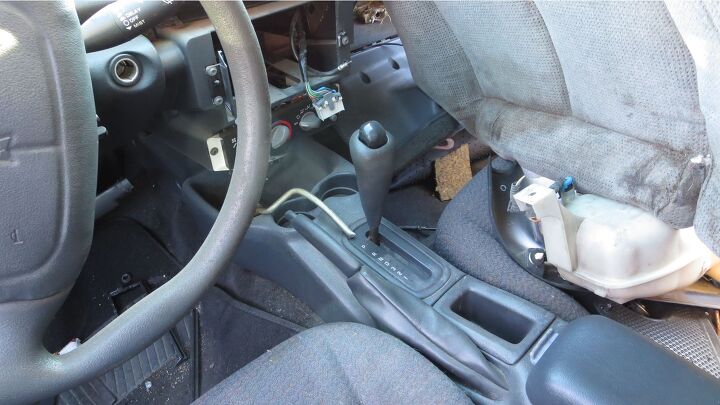

























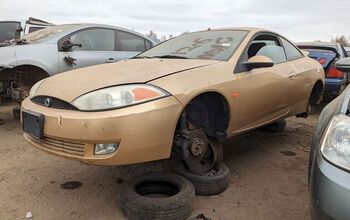
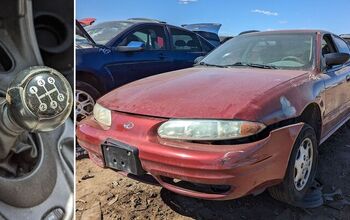
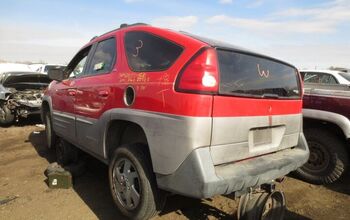
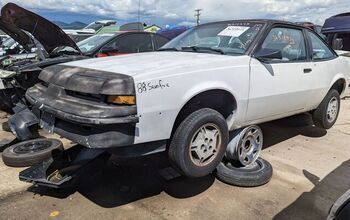













Comments
Join the conversation
Weren't these particularly popular in Canada?
By the time 2002 came about, it got the L61 Ecotec 2.2L 4-cyl and 4-speed automatic. In the rental Cavalier I drove it in, it was pretty enthusiastic - so much so that I got nabbed for an 85 in a 60 on I-55 on the west side of Lake Pontchartrain. It didn't hurt that it had 10 hp and 20 lb-ft of torque extra over my 2002 Focus. It didn't hurt that there was nothing substantial to the Cavalier. The far-more substantial Cobalt I later purchased with the same engine (and a stick!) never quite had this Cavalier's enthusiasm; more car to haul around. Typical of GM, the engine/transmission were winners, but the rest of the car actively mocked your financial sense in purchasing it. My 2002 Focus was a much nicer car despite the less-energetic engine.